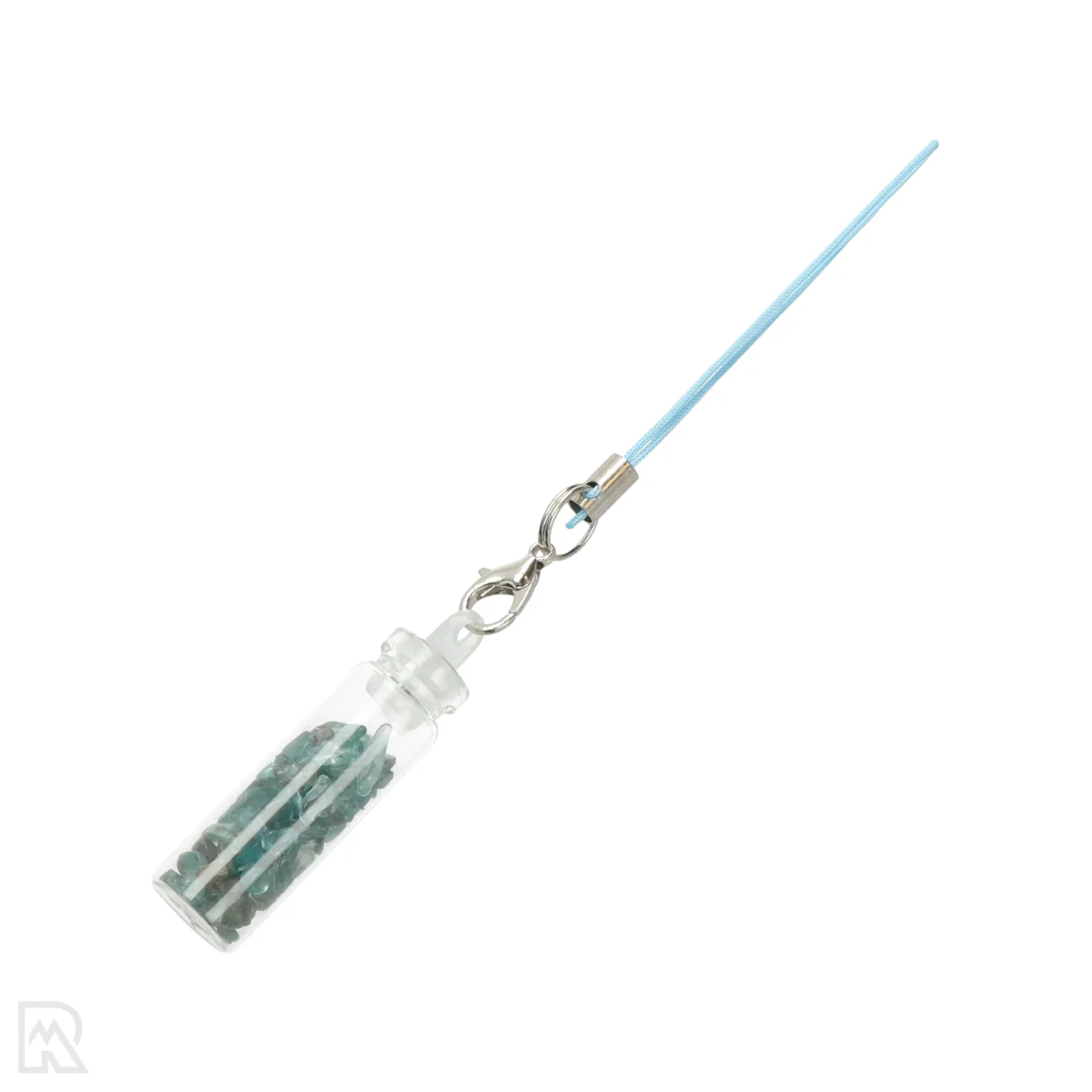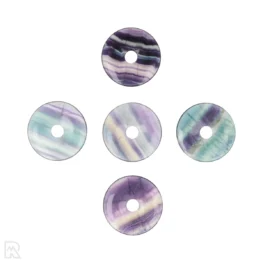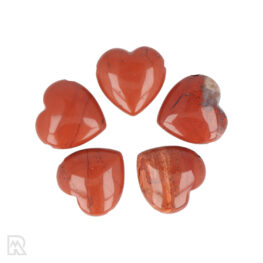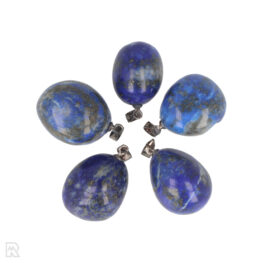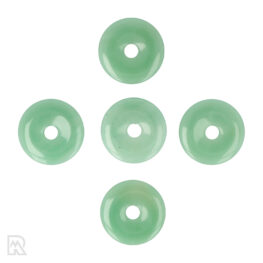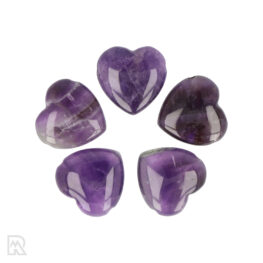| Gewicht | 0,05 kg (50 gr) |
|---|---|
| Dimensions | 1,1 × 1,1 × 3,5 cm |
| Sales Unit | |
| Type | |
| Form | |
| Origin | |
| SKU | 4985 |
Blue Apatite Clear Lucky Bottle
Blue Apatite Clear Lucky Bottle from China
Apatite
Apatite is a group of phosphate minerals mostly found in shades of blue-green to green, but yellow, violet and colourless varieties are also known. The name comes from the Greek apate, meaning "deception", as apatite is often confused with other minerals. It is a common constituent of phosphorus-rich rocks and plays an important role in biological processes, as it is also found in teeth and bones of humans and animals.
Major deposits of apatite include Brazil, Mexico, Myanmar, Russia and Madagascar. The mineral forms in both magmatic and metamorphic rocks and is also present in phosphate deposits. Apatite has the chemical formula Ca₅(PO₄)₃(F,Cl,OH). Apatite has a hardness of 5 on the Mohs scale.
Sources: Mindat.org, Gemdat.org, Wikipedia - Apatite
Selenite
Selenite is a clear to translucent variety of the mineral gypsum (CaSO₄-2H₂O). It is known for its glassy to pearly luster and often fibrous structure. A common form is selenite, which has a silky luster and occurs in long, fibrous crystals. Despite its name, selenite has nothing to do with the element selenium; the name is derived from the Greek word for moon, because of its soft luster.
Selenite forms in sedimentary environments during the evaporation of seawater and is found in countries such as Mexico, Morocco, the US and Australia. It is a soft mineral with a hardness of 2 on the Mohs scale, making it easy to work by hand. Almost all selenite sold on the Dutch market is satin spar; however, selenite is a market-accepted sales name.
Sources:
Mindat.org, Gemdat.org, Wikipedia - Selenite
